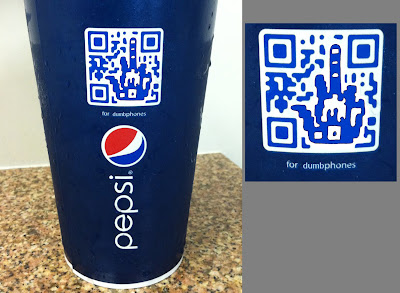
This photo shows the early stage of a painting on wood panel I am currently working on in my studio.
In abstract painting, the process is like a leap of faith in that I don't have a specific vision of what the completed painting should look like in the end. This is what makes abstract art both challenging and intriguing. Early on, I do have an idea of what the next few stages will be in the painting process. That allows the current stage to be completed with confidence. This is important because if the painting is young and the next stage is unknown, the painting becomes lost and may remain in limbo forever.
The painting here is young but the next few stages are planned. First, large shapes of color were applied, wiped, and scraped to establish the underpainting. Second and third layers of cool (as opposed to warm) color have been applied again, in thin glazes. The glazing effect creates luminous colors and a sense of distance between the paint and the panel. Still, I am not too concerned with the shapes and colors at this point, as I plan to cover up most of the surface with subsequent layers and "fatter" paint using scraping and pulled-paint techniques. It has been planned that the luminous glazes of cool color should provide various backgrounds and areas of interest behind the subsequent thicker layers, where the thicker layers break up or do not cover the surface completely.
On the table you can see I am using a very limited palette at this stage -- just five cold colors, while also utilizing the white ground of the panel. Each color is translucent and perfect for glazing. Once this stage is complete, however, I will expand the palette and use several more colors, adding warmth, contrast, and more texture. The mission is to create a work of art that can stand alone in the end, holding the attention of the viewer by a striking presence and by ambiguities and prompting questions.
These are all techniques also used for painting representational figures (realism) and an example of how, to the artist, abstract painting is the same process.
Thanks again for following the works in progress, and the paintings, sculpture, drawing, doodles, and other art by Los Angeles artist Lucas Aardvark.


























